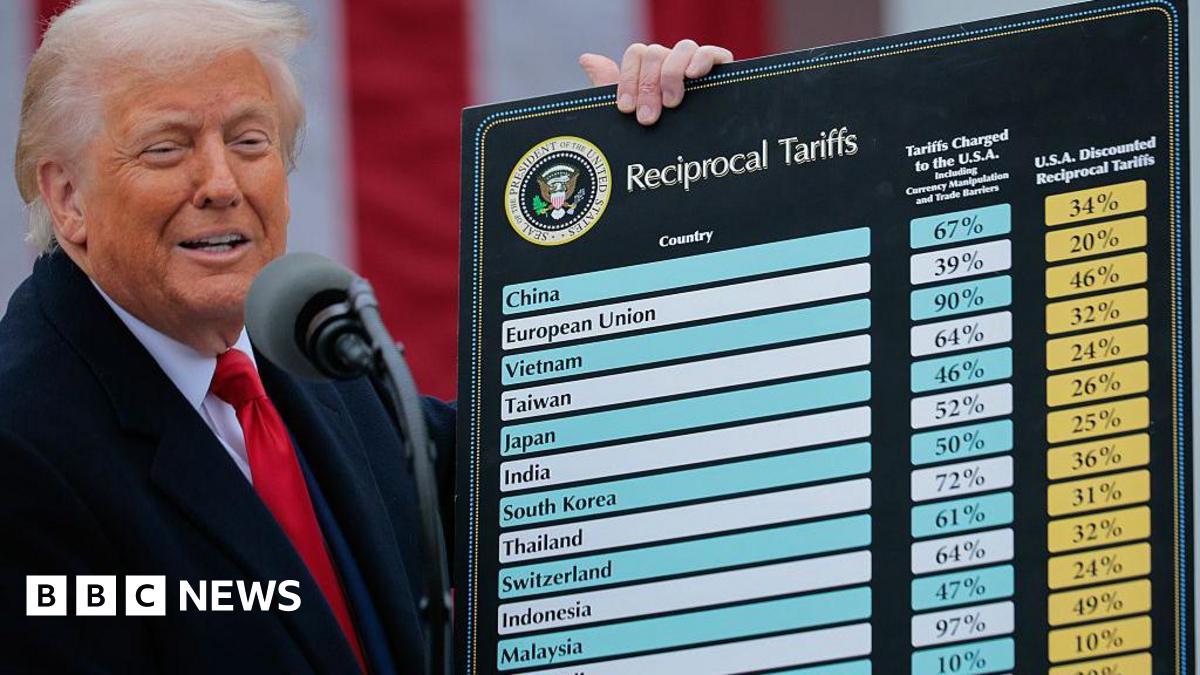According to economists, however, the tariff revenue isn’t nearly enough to cover the $2,000 rebate plan, even with the most generous assumptions and a narrow definition of those with incomes to qualify.
“If we take something like a cut-off of $100,000 a year in income, the minimum cost would be about $300bn, which would absorb all of the tariff revenue that’s been taken in so far and would require some deficit financing,” says Erica York, vice-president of tax policy at the non-partisan Tax Foundation.
What’s more, according to Ms York, the tariff refunds might end up being counterproductive by driving up prices as more money is pushed into the American economy. Covid-era stimulus payments may have created a similar dynamic, albeit in a larger scale.
“It would give large sums of money to households who are more likely to consume that than save it,” she said. “So we would have more dollars chasing goods in the economy.”
On Sunday, Treasury Secretary Scott Bessent seemed to downplay the possibility of such payments, saying that the revenue gains from the tariffs would be reflected in lower tax rates paid by Americas next year under the provisions of Trump’s 2025 “Big, Beautiful Bill” spending package, which Congress passed in July.
In last week’s elections, when Democrats notched up a string of victories, exit polls indicated the economy once again led all issues as the subject of concern for American voters.
Zohran Mamdani made affordability the key to his successful campaign for New York City mayor, as did Abigail Spanberger in Virginia and Mikie Sherrill in New Jersey with their winning runs for governor.
The exit poll results match recent opinion surveys that have suggested the public is souring on Trump’s handling of the economy and his inability, in their view, to follow through on campaign promises to lower costs for American consumers.
